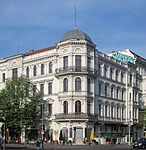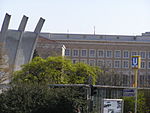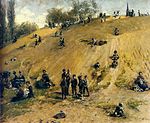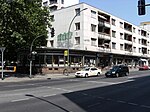Schwules Museum
LGBT culture in GermanyLGBT history in GermanyLGBT museums and archivesLGBT organisations in GermanyMuseums in Berlin ... and 2 more
Sex museums in GermanyTourist attractions in Berlin
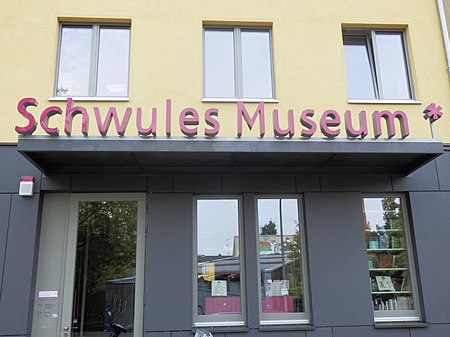
The Schwules Museum (English: Gay Museum) in Berlin, Germany, is a museum and research centre with collections focusing on LGBTQ+ history and culture. It opened in 1985 and it was the first museum in the world dedicated to gay history.The museum archive holds periodicals dating from 1896 and a collection of photographs, videos, films, sound recordings, autographs, art works, and ephemera. Its library holds approximately 20,000 books on homosexuality.
Excerpt from the Wikipedia article Schwules Museum (License: CC BY-SA 3.0, Authors, Images).Schwules Museum
Bergmannstraße, Berlin Kreuzberg
Geographical coordinates (GPS) Address Nearby Places Show on map
Geographical coordinates (GPS)
| Latitude | Longitude |
|---|---|
| N 52.490833333333 ° | E 13.387777777778 ° |
Address
Lina-Morgenstern-Oberschule
Bergmannstraße
10961 Berlin, Kreuzberg
Germany
Open on Google Maps
